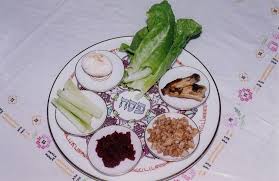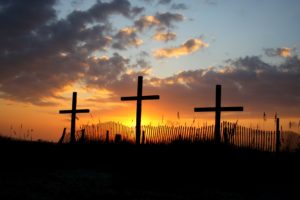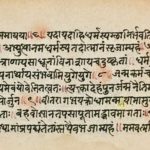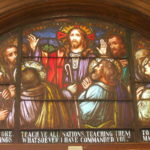Christian Easter traditions center around the death and resurrection of Jesus Christ. Any Christian observances centered around Easter can be traced back to one of those two events.
Lenten tradition
Lent is to Easter as Advent is to Christmas for the liturgical Christian. Lent spans the 40 days from Ash Wednesday to Easter morning and is traditionally a time of fasting. The 40 day fast serves as a reminder to believers of the suffering Christ endured during His final days. The fast breaks on Easter morning as a celebration of Christ’s resurrection.
Seder meal
The Seder meal is usually associated with the Jewish faith and occurs during Passover. However, Messianic Jews will sometimes incorporate the tradition with their Easter celebrations. The week before Easter (called Holy Week by Christians) was also when Jews in the first century were celebrating Passover, a time to remember their escape from slavery in Egypt. The meal is a symbolic representation of the food and experiences the Jews encountered during the original Passover.
 In the Bible, on the night Jesus was betrayed by Judas, He celebrated the Passover meal (Seder) with His disciples. (Mark 14:12-16; Luke 22:15) For the Christian, this was the introduction of what has come to be known as the Lord’s Supper or communion. During the meal, Jesus broke the bread baked without yeast and shared it with the disciples, saying to eat it in remembrance of Him. He also drank wine from the cup and told His disciples to drink it in remembrance of Him.
In the Bible, on the night Jesus was betrayed by Judas, He celebrated the Passover meal (Seder) with His disciples. (Mark 14:12-16; Luke 22:15) For the Christian, this was the introduction of what has come to be known as the Lord’s Supper or communion. During the meal, Jesus broke the bread baked without yeast and shared it with the disciples, saying to eat it in remembrance of Him. He also drank wine from the cup and told His disciples to drink it in remembrance of Him.
The Seder meal was the last meal Jesus and His disciples would share before His death. Each element of the meal represents not only the history of the Jewish people but the redemption of Christians everywhere.
Good Friday Easter celebrations
Good Friday and Maundy Thursday services both focus on the crucifixion of Jesus. Usually, the services are somber to match the history of the day. During the course of Jesus’ trial and execution, according to the Bible, He was stripped, flogged, accused, spat upon, beaten, His beard pulled, and a crown of thorns shoved on His head.
In Christian tradition, Good Friday is a reminder that the torture and suffering Jesus endured was for their sake (Romans 5:6-8). Christians of the Catholic tradition will often journey through the stations of the cross to commemorate the events of these days.
Sunrise service on Easter morning
The Christian tradition of celebrating Easter with a worship service at sunrise is also based on the Biblical account of the first Easter morning.
 With the Sabbath having just ended, the women went to Jesus’ tomb with spices to complete proper embalming. They went first thing in the morning, only to arrive at the tomb and discover it was empty. An angel told them Jesus had risen from the dead. (Luke 24:1-9)
With the Sabbath having just ended, the women went to Jesus’ tomb with spices to complete proper embalming. They went first thing in the morning, only to arrive at the tomb and discover it was empty. An angel told them Jesus had risen from the dead. (Luke 24:1-9)
Since the news of Jesus’ resurrection was first proclaimed early in the morning, many Christians still gather to celebrate His resurrection at first light.
Paschal greeting
Another Easter morning Christian tradition is the Paschal greeting. Christians will greet each other with a reminder of the news of the morning: “He has risen.” The proper response is celebratory, “He is risen indeed!” This exchange reminds those involved in the reason they celebrate Easter.
For Christian, Easter celebrations span beyond one day and encompass a variety of experiences and reminders.






